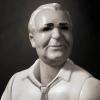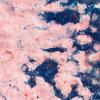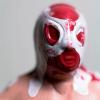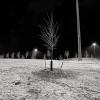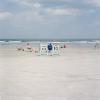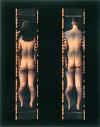Projects
, , , , , , , , , , , , , , ,

2017 | sculpture , installation , collaborative , moiré

2017 | sculpture , installation , community engagement , public art , collaborative , moiré , featured

2016 | sculpture , installation , moiré , collaborative , featured

2016 | sculpture , installation , moiré , collaborative

2014 | photography , performance , sculpture , featured












